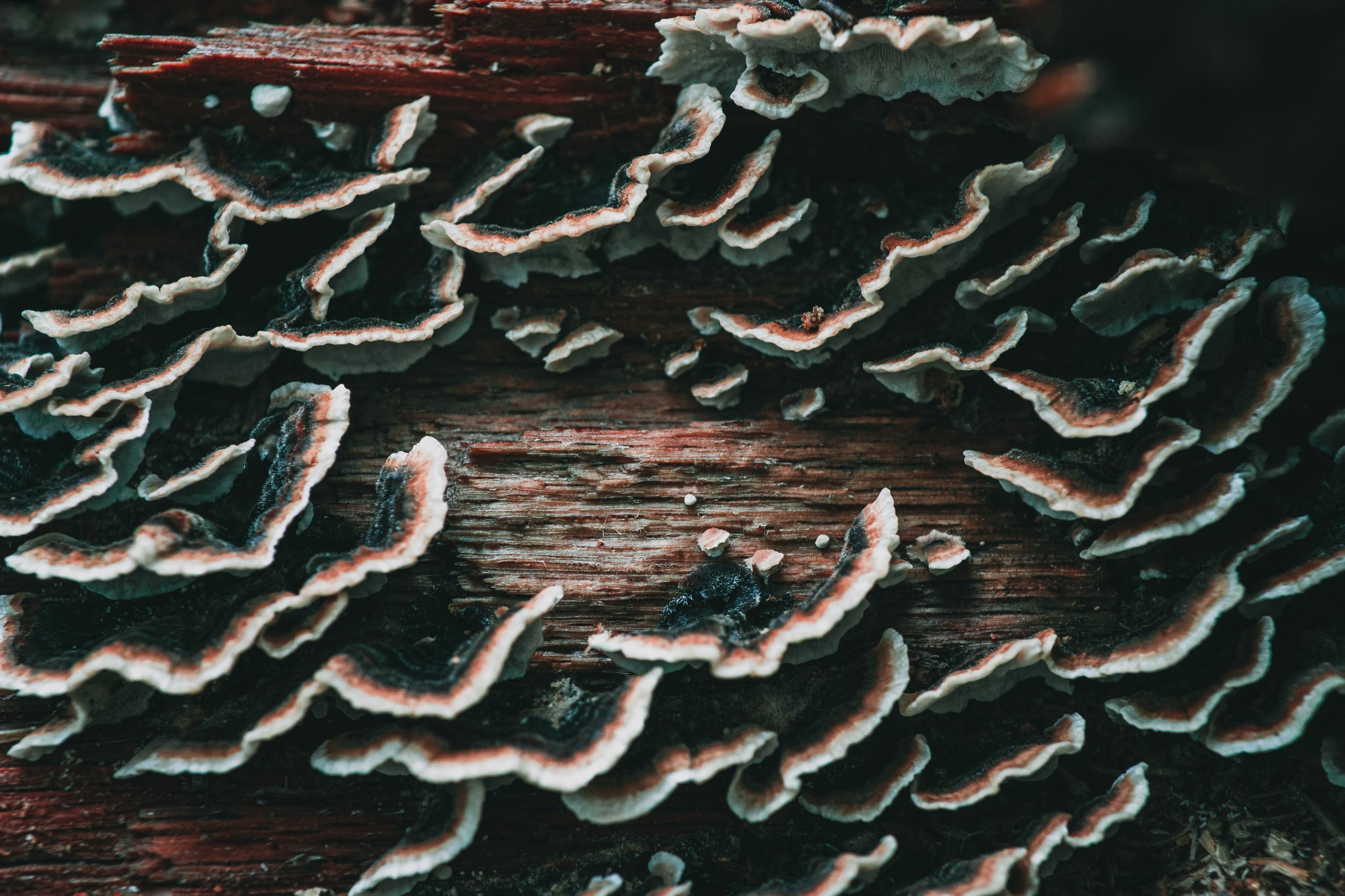
Gardening in November: What to Do
The days are getting shorter, the nights are getting colder and it is slowly becoming clear that winter is approaching. It's not just nature that is coming to rest, but also the garden. Have you safely stored the last harvests in the cellar and already winterized the soil? Then here are a few small suggestions for a relaxed November in harmony with nature.
This Article Contains:
- Tidy up the Garden
- Protection for Soil and Beneficial Insects
- Create & Fill Raised Beds
- Covering Compost
- Watch Out for Snails!
- Where to Put the Soil From the Balcony Boxes?
- The “Compost” in the Soil
- The Greenhouse in Winter
- Overwintering Potted Plants
- Frequently Asked Questions About November Gardening Month
Quick Overview
Gardening in November: An Overview
- Tidy up the garden and store garden tools
- Set up winter quarters for beneficial insects
- Create & fill raised beds
- Cover compost so that it doesn't rain in too heavily
- Winterize the greenhouse and plant if necessary
- Put perennial houseplants in for the winter
Tidy up the Garden
In the fall, the garden is prepared for the approaching winter: The beds are cleared, the vegetables are brought to safety and the garden tools are stowed away. If you have trees in your garden, you will also be busy tidying up the leaves. However, the leaves should not always be taken away! It is best to leave the leaves under trees and shrubs, between perennials and on empty vegetable beds.
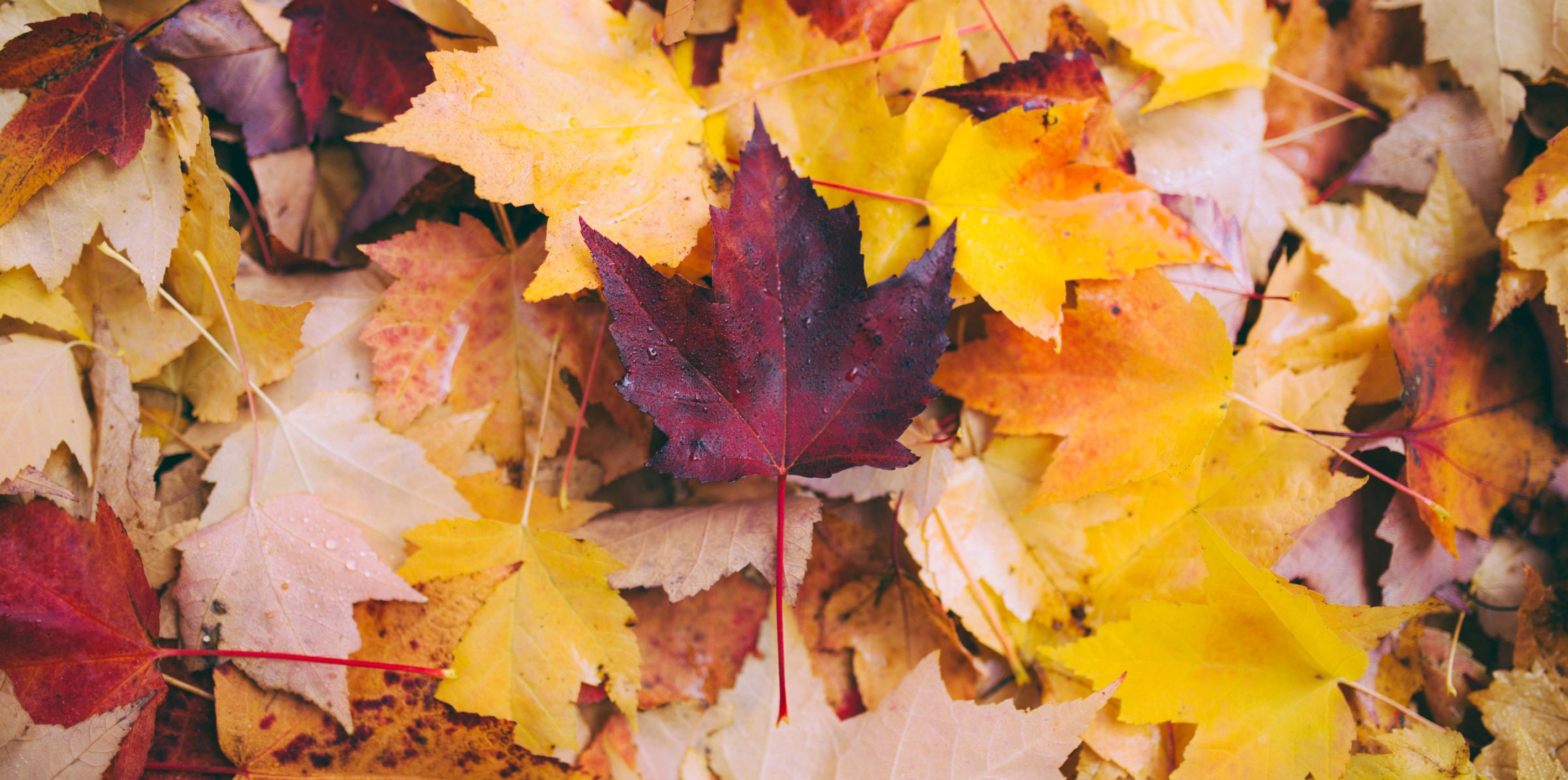
Protection for Soil and Beneficial Insects
The leaves protect the soil from cold and leaching. In addition, the plant material is broken down by decomposers and then converted into valuable humus. The decomposed leaves therefore act as a natural fertilizer that even strengthens the microclimate! The piles of leaves can also be used by beneficial insects as winter quarters. Insects, hedgehogs and other garden helpers find valuable shelter in the leaves or wood debris to survive the cold season. If you have grass in your garden, you can simply pile up the leaves in a corner to prevent the grass underneath from rotting.
Create & Fill Raised Beds
If you want to plant a new raised bed next season, you should make the most of November. Now is the perfect time to create a new raised bed! There are mountains of shrub and green cuttings in the garden, which are perfect for filling a raised bed. You can find Instructions on How to Build and Fill a Raised Bed in this article.
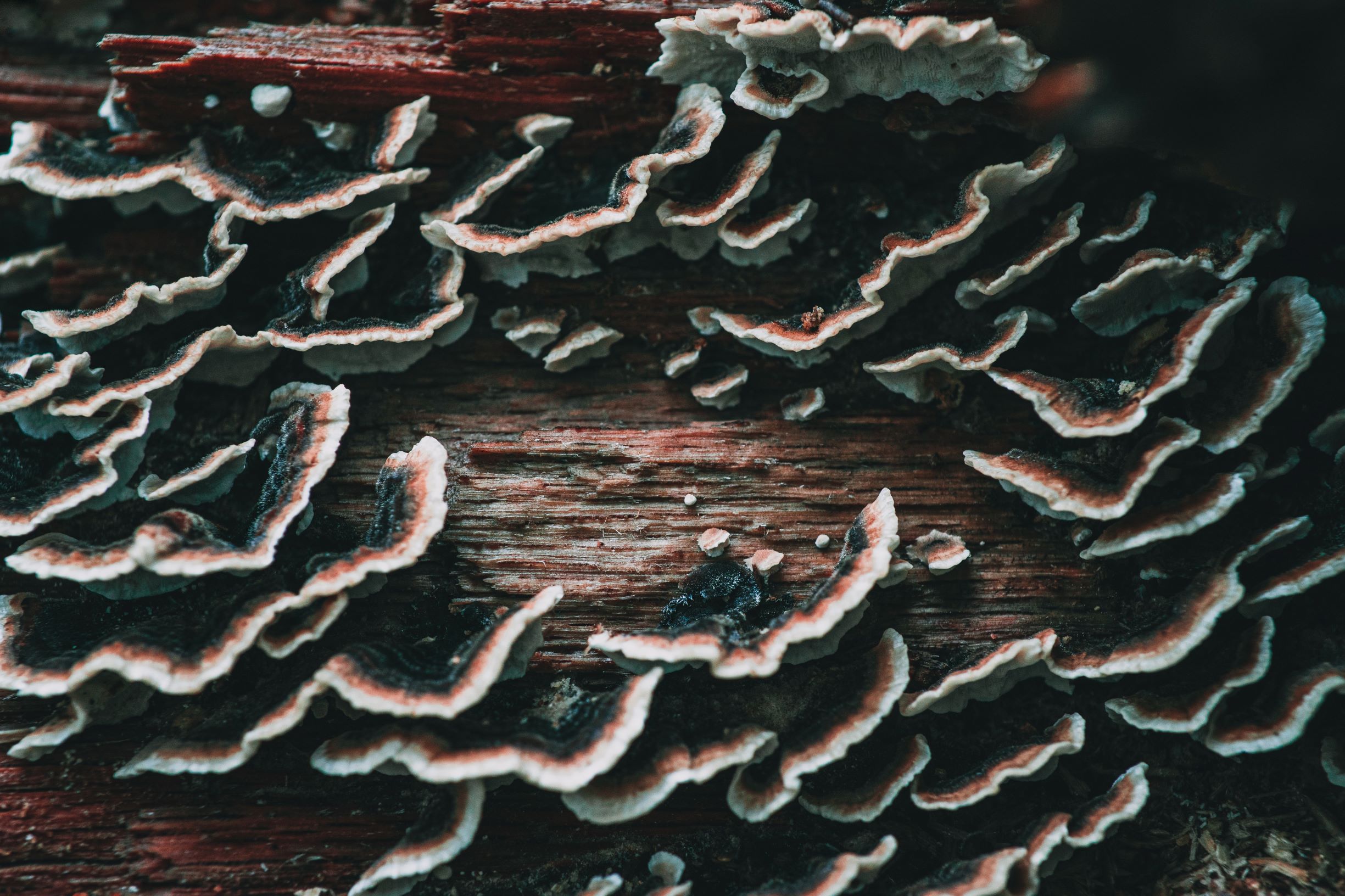
Covering Compost
Countless complex processes take place during composting. Dead plant material is decomposed, broken down into its components and finally processed into humus. Bacteria, fungi, earthworms and other microorganisms are involved in these processes. Some are responsible for decomposing the organic matter, others for mixing the whole. However, for healthy decomposition to take place, the environment must not be too damp. Especially in rainy autumns, there is a risk that the compost will become too wet and start to rot. To prevent rotting, you should therefore cover it and keep it as dry as possible. Find out How to Make Your Own Compost here.
Watch Out for Snails!
Unwanted inhabitants often nest in the wet material. Snails, for example, like to lay their eggs in damp compost; they look like white pearls and are usually close together. If you find snail eggs, you should remove them before they hatch and dispose of them in the household waste. This way you can protect your plants in advance and the slugs don't have to be controlled later. You can find More Tips on Snail Control and Prevention in this article.
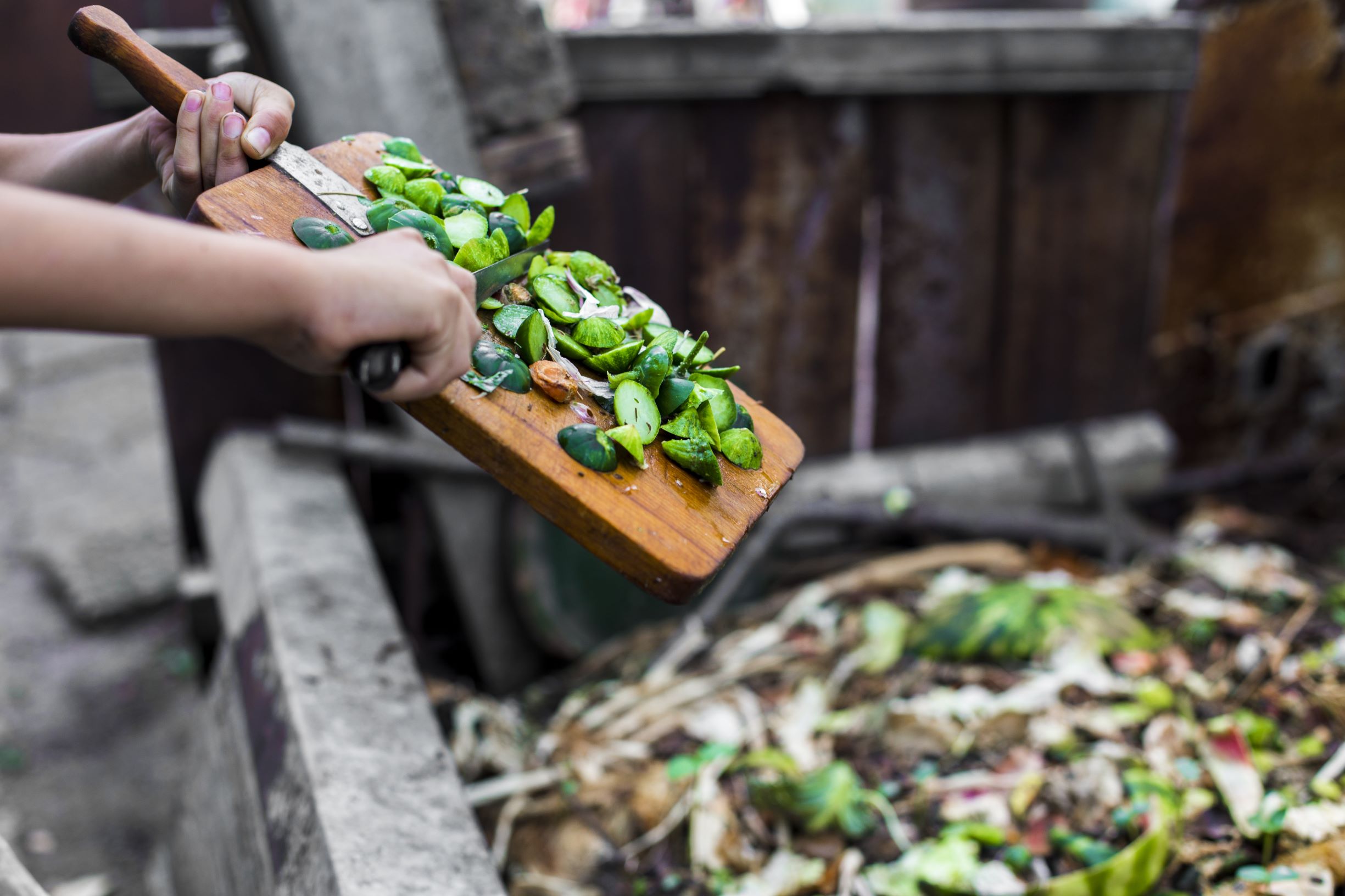
Where to Put the Soil From the Balcony Boxes?
The summer growing season is over and the balcony is slowly being tidied up. The annual plants are taken out of the boxes, usually leaving a dense network of roots in the soil. For most of them, the root ball goes straight into the organic waste garbage can - what else can you do with it?
The “Compost” in the Soil
However, the root mass can be reused both in the garden and for further planting on your balcony. It is important that the mesh is properly shredded so that it no longer forms a continuous network. You can either mix the fibers into a bed in the garden or put them back into the balcony boxes mixed with fresh soil. The remains of the roots are then utilized by soil organisms and returned to the plants in the form of nutrients. In principle, this is the same process as composting.
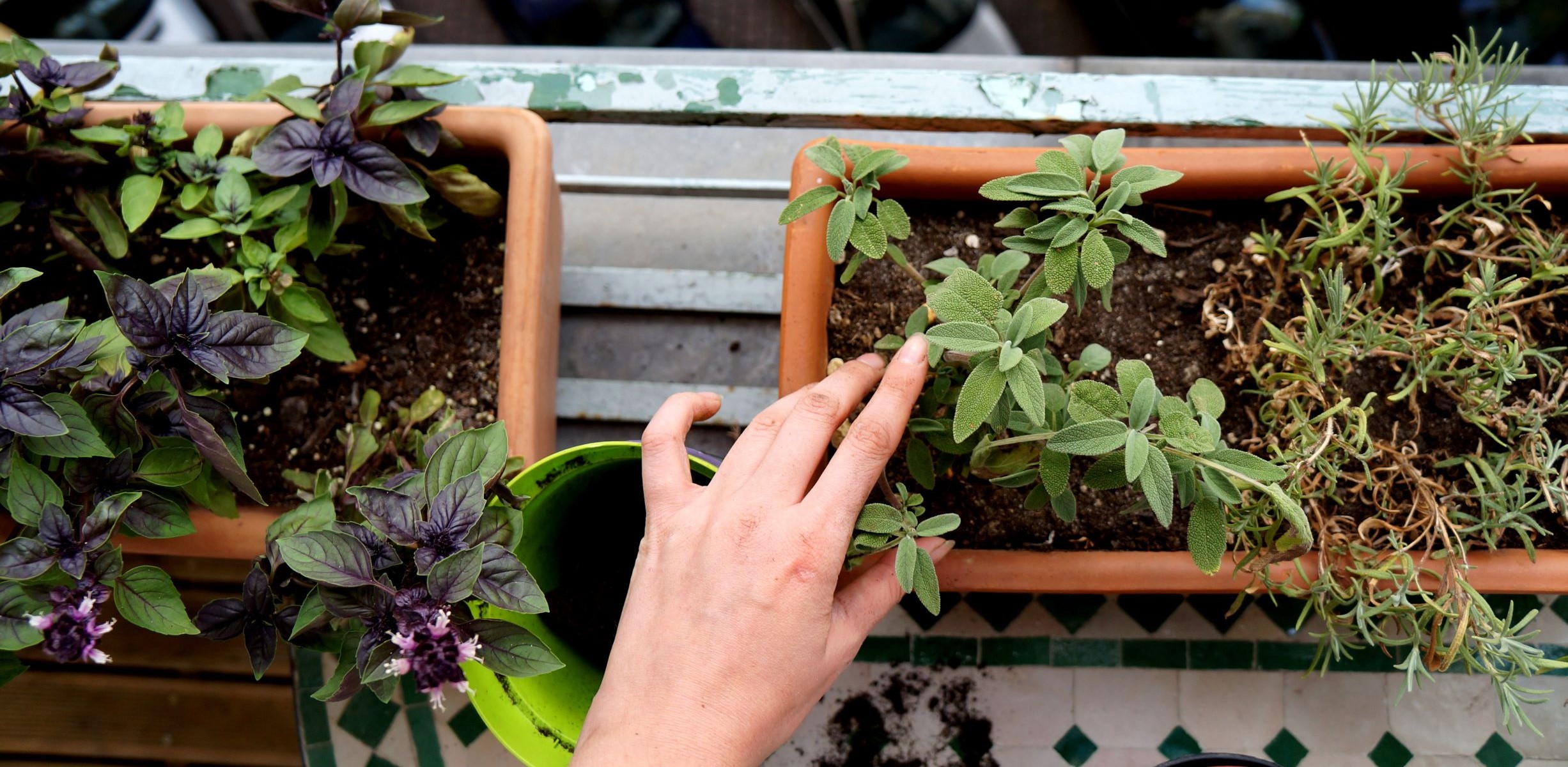
The Greenhouse in Winter
Many gardeners put their greenhouses into hibernation after the last tomato harvest. The remains of the last gardening season are left standing over the winter and only in spring are they cleaned and prepared for the next season of tomatoes, cucumbers and peppers. However, a cold house can also be of great benefit in winter. Temperatures remain on average 5 ° C/41 ° F warmer than outside - an ideal place to overwinter. In our article on Using a Greenhouse in Winter, you will find valuable tips on winter-proofing a greenhouse, which plants are suitable and a planting plan.
Overwintering Potted Plants
Cold-sensitive potted plants such as figs, olives and citrus plants can overwinter in a bright greenhouse. Before the first frost periods begin, you should also protect the root balls from freezing through completely. To do this, wrap the pots with any insulating material (e.g. bubble wrap, garden fleece). If longer periods of frost are forecast, you should also protect the plants themselves from the deadly cold. It is generally not advisable to wrap the entire plant in foil, as it is not breathable. If moisture accumulates under the film, there is a risk of rot and mold. To protect the green parts of the plant from the cold, the use of breathable fleece is recommended. You can Find More Important Tips on Overwintering Perennial Plants in this article.
Tip: Less is more when watering in winter! The plants' metabolism runs on the back burner, so to speak, and they only need infrequent watering (do a finger test!).
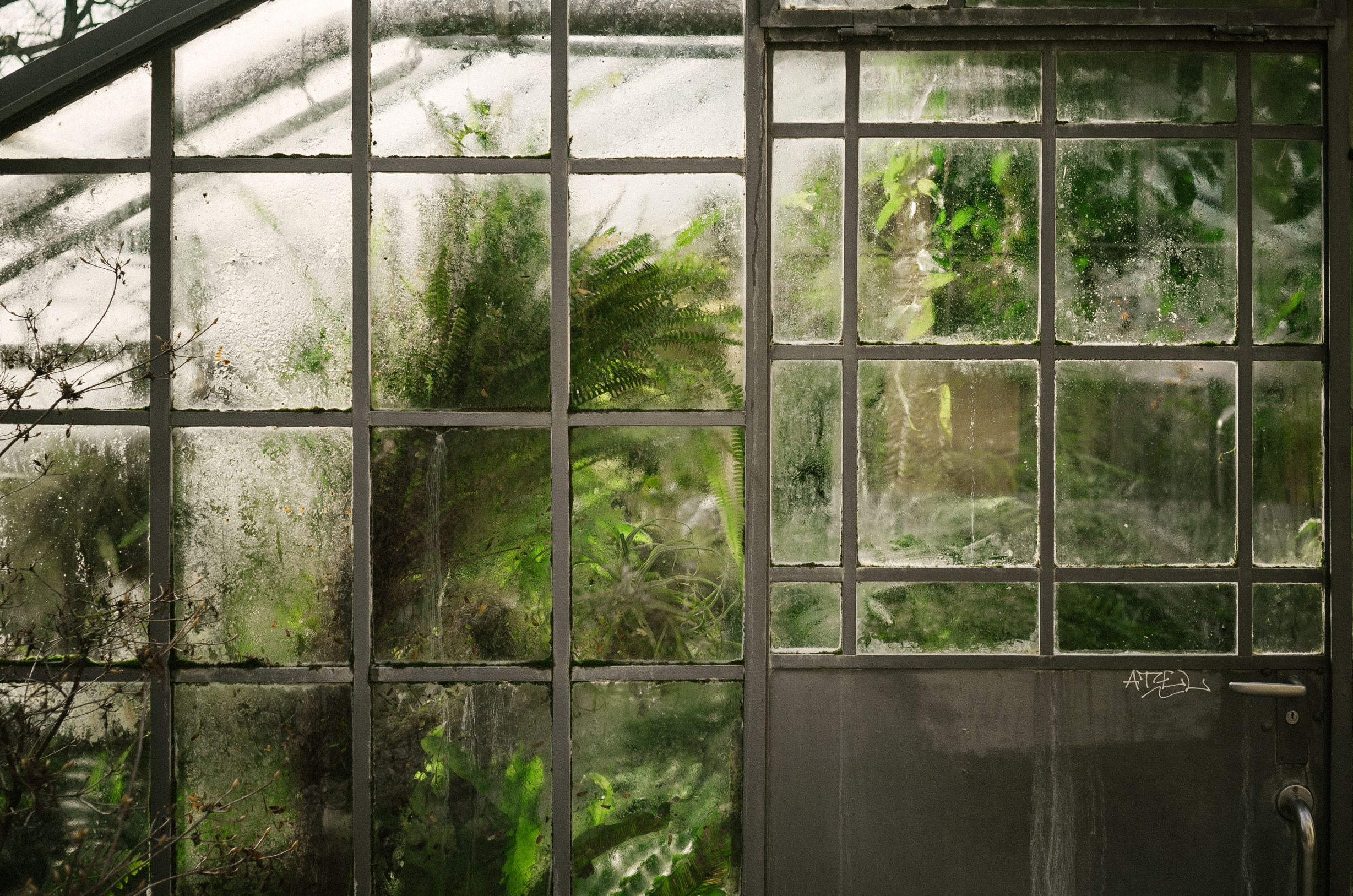
The final touches have been made and now you can finally sit back, relax and let the gardening year come to an end. Autumn is drawing to a close and winter is slowly gaining the upper hand.
In December, we want to start planning the coming season together. To make sure you don't miss any more articles, follow us on Instagram and Facebook or sign up directly for our newsletter.
Do you want to get helpful gardening tips all year round and plan your own beds in the best possible way? Then register here or download the Fryd app for Android or iOS download.
Fryd - your digital bed planner
Annabell
Current Topics in the Community

#red , #tuesday

Liked 1 times
#testpostcount

Dec 2025
Popular Articles

Companion Plants for Carrots: What (Not) to Plant With Carrots

Companion Plants for Celery : What (Not) to Plant With Celery?

Strawberry Types: List of Best Strawberry Varieties

Companion Planting With Strawberries: Companion Plants and Planting Plan

Basil Varieties & Types at a Glance

What to Plant With Cabbage: Good and Bad Companion Plants

Fertilizing Strawberries: Home Remedies & Natural Fertilizers at a Glance

Growing Sweet Potatoes: Tips on Cultivation & Companion Plants

Companion Plants for Kitchen Herbs: Chives, Parsley & Co

What Herbs Can Be Planted Together?
FAQ
What should be done in the garden in November?
In November, the garden should be tidied up, including storing garden tools and setting up winter quarters for beneficial insects.
How can you protect the soil in winter?
The soil can be protected by leaving leaves on beds, which also serve as natural fertilizer through their decomposition.
What should I bear in mind when planting a raised bed in November?
A raised bed should be filled with green and shrub cuttings from the garden, which is particularly easy to do in November.
How do you overwinter perennial potted plants?
Perennial potted plants should overwinter in a frost-free, bright room and the root ball can also be wrapped with insulating material.